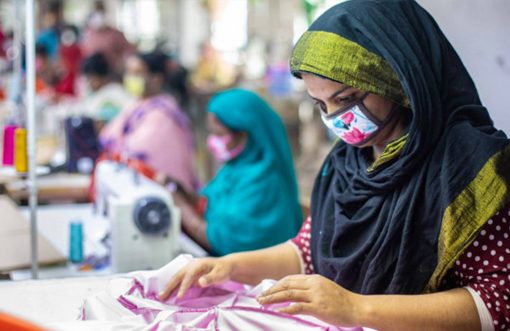Three scientists pursue breakthroughs for new energy solutions

Three scientists – Lyck Smitshuysen, Shirley Meng, and Ying Chuan Tan – are pursuing breakthroughs in high-profile areas of energy research including hydrogen power, grid batteries or storage solutions, and electrochemical reduction of carbon dioxide to meet global energy needs sustainably, according to an article published in Nature recently.
Anne Lyck Smitshuysen, a Ph.D. student at the Technical University of Denmark in Kongens Lyngby wants to find a cost-effective way to unlock the hydrogen power in water molecules.
She works with solid-oxide electrolysis cells that use electric currents to split water into hydrogen and oxygen by developing a 3D-printed mould to protect the ceramic cells from warping and fracturing during manufacturing, making it possible to increase the cell size from 150 cm2 to 1,000 cm2.
She said; “By upscaling the process, we can make it cheaper to use electrolysis for large-scale applications,” estimating that the innovation could reduce the cost of producing hydrogen fuel by 15%.
Another scientist, Shirley Meng, sees a future power grid that runs largely on megawatt-scale batteries storing energy harvested from wind and solar power.
Meng, the chief scientist of the Argonne Collaborative Center for Energy Storage Science, said; “We needed a national lab to do things on a larger scale,” adding that large-scale battery power requires nano-scale precision.
In a review published in April, Meng and her team describe using artificial intelligence and computed X-ray tomography to observe battery function and deterioration in batteries including lithium-ion batteries. This type is often used to support enormous power grids.
Every bit of wear, no matter how small, erodes a battery’s power and longevity.
“We’re developing tools to enable us to diagnose and quantify battery degradation, so we can come up with engineering solutions to make a battery last for centuries,” she added saying that she wants to get the most out of every lithium atom or any other resource that goes into battery production.
Advancing more sustainable sources of energy first motivated, Ying Chuan Tan is interested in one emerging technology: the electrochemical reduction of carbon dioxide.
As an undergraduate student in Singapore and now a chemical and biomolecular engineering researcher at the Institute of Sustainability for Chemicals, Energy and Environment (ISCE2), he said the process involves using water electrolysis to convert CO2 directly into ethanol, ethylene, and other valuable chemicals — instead of deriving them from fossil fuels.
“This helps to make it more sustainable,” he said adding that it could also help mitigate the effects of climate change by capturing CO2 from the atmosphere and storing it deep underground is expensive.
In order for the nascent technology to realize its potential, the carbon conversion efficiency rate needs to be raised to 50% or more, up from the current 30%, he added.
In 2019, Tan moved to the Korea Advanced Institute of Science and Technology, in Daejeon, to deepen his knowledge of the technology, before returning to Singapore in 2021.
Tan is looking for new catalysts. Silver and gold, for instance, are used to produce carbon monoxide (the main component of synthetic gas), but they are expensive.
Nano-sized nickel is a promising alternative, however, finding a framework for it to work well on the electrode has been challenging.
In 2021, Tan’s team described how carbon nanotubes in nickel maximize the active sites available for binding while facilitating an uninterrupted flow of electrons. This allows CO2 to be reduced more quickly to carbon monoxide.
Link to the original article: http://bitly.ws/vrkE





Comment here